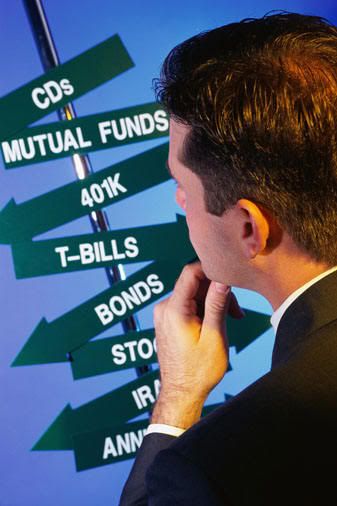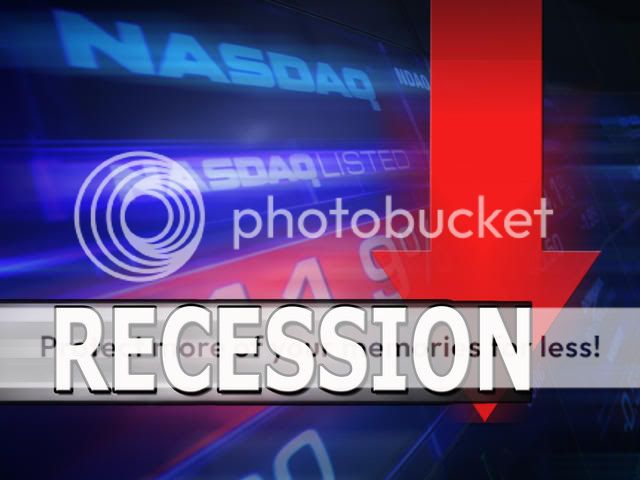Get quick rich schemes, etc.
By Randell Tiongson on September 26th, 2009A wonderful piece written by Carlo Ople…
A wonderful piece written by Carlo Ople…
You will often hear the word “diversification” when you discuss about investmetns. Diversification is important, in fact it is still considered one of the most effective risk managment tool, minimizing investment losses.
What does Investopedia say about diversification? (a favorite on-line site for invesmtment stuff)
“A risk management technique that mixes a wide variety of investments within a portfolio. The rationale behind this technique contends that a portfolio of different kinds of investments will, on average, yield higher returns and pose a lower risk than any individual investment found within the portfolio.
Diversification strives to smooth out unsystematic risk events in a portfolio so that the positive performance of some investments will neutralize the negative performance of others. Therefore, the benefits of diversification will hold only if the securities in the portfolio are not perfectly correlated.”
What does the Bible say about diversification?
“But divide your investments among many places,
for you do not know what risks might lie ahead.”
— Ecclesiastes 11:2. New Living Translation.
Both definitions are essentially the same but I like the one from the Bible better — I understand it better and I am sure it is the truth.

We often hear the word ‘recession’ lately which prompted me to blog about it. Why is it that people fear recession too much? Is recession as bad as how we perceive it to be?
Let’s define recession. Recession may be deemed as significant decline in activity across the economy, lasting longer than a few months. It is visible in industrial production, employment, real income and wholesale-retail trade. The technical indicator of a recession is two consecutive quarters of negative economic growth as measured by a country’s gross domestic product (GDP). When there is a severe or prolonged recession, it is referred to as an economic depression. Recessions also comes in different shapes – V, U, L and W. When the economic contraction is quick and followed by a rapid and sustained recovery, economists refer to it as a V shape recession. If there is a prolonged slump in the economy, it is informally termed as a U shape. A much longer decline, like 8+ quarters can be called an L shaped recession. Finally a W shaped recession is a term used when there is a double dip recession.
Nosebleed!
I like to look at the economy as a motor car engine. Any engine, no matter how efficient and durable it is, can’t run at full throttle for an indefinite period. Imagine driving your car at maximum speed continuously for days… at one point your engine will give in and break down. The economy is like that as well. When the economy is in constant growth, it will overheat and it will breakdown. Economic growth brings growth in disposable income; additional disposable income will allow people to increase consumption; increased consumption will drive up prices; increase in prices will result to inflation and so on and so forth. A state of balance is needed, or in economics terms, equilibrium. However, equilibrium can only exists in theory and there will never be an absolute equilibrium. When the car slows down, that’s like the economy going into recession.
The economy goes on cycles, recession is part of a cycle. Since recession is part of a cycle, we should not be in despair as it will come to pass … “We are hard pressed on every side, but not crushed; perplexed, but not in despair; persecuted, but not abandoned; struck down, but not destroyed.” (2 Corinthians 4:8-9, NIV)
Catch part 2, soon!

Copyright © 2025 by Randell Tiongson | SEO by SEO-Hacker. Designed, managed and optimized by Sean Si